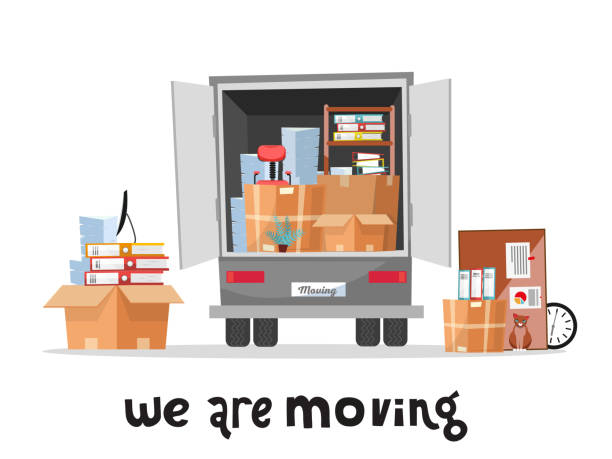Business Moving in Texas
Are you expanding your business to a new location, or simply relocating within the same city? Business moving can be a daunting task that requires careful planning and execution. Efficient business moving planning is essential for a smooth transition. Moving Company Guys is here with a comprehensive guide on tips for efficient business moving planning, ensuring that your relocation process is seamless and minimizes disruptions to your operations.
Efficient Business Moving Tips
- Start Early and Create a Timeline
One of the key elements of successful business moving planning is starting the process early. Begin by creating a detailed timeline that outlines each phase of the relocation. This timeline should include tasks such as notifying employees and clients, securing a new location, obtaining necessary permits, and organizing the actual move. Starting early allows for flexibility and reduces the risk of last-minute issues.
- Conduct a Comprehensive Inventory
Before the move, conduct a thorough inventory of all your business assets, equipment, and supplies. Create a detailed list, categorizing items based on their importance and fragility. This inventory will serve as a valuable reference during the packing and unpacking process, ensuring that nothing is misplaced or damaged during the move. Additionally, it provides an opportunity to declutter and dispose of unnecessary items, reducing the overall cost of relocation.
- Hire Professional Movers
Engaging the services of professional movers is key for a successful business relocation. Look for reputable moving companies with experience in commercial moves. Obtain multiple quotes, check reviews, and ensure that the chosen company is licensed and insured. Professional movers have the expertise to handle delicate equipment and can provide packing materials, reducing the risk of damage during transit.
- Notify Stakeholders in Advance
Communication is key during a business move. Notify your employees, clients, suppliers, and other relevant stakeholders well in advance. Clearly communicate the relocation date, new address, and any changes to your contact information. This transparency helps maintain trust and allows stakeholders to adjust their plans accordingly. Consider creating a detailed communication plan to keep everyone informed throughout the process.
- Update Your Online Presence
A crucial aspect of business moving planning is updating your online presence to reflect your new location. Update your website, social media profiles, and online directories with the new address, contact information, and any other relevant details. This ensures that clients and customers can easily find you after the move, preventing potential disruptions to your business.
- Plan for IT and Technology Transition
If your business relies heavily on technology, plan for the seamless transition of IT infrastructure. Coordinate with your IT department or an external service provider to ensure that servers, computers, and other technology are safely and efficiently moved. Create a backup of essential data to avoid any loss during the relocation process.
- Design a Floor Plan for the New Space
Before the move, create a detailed floor plan for the new space. Allocate specific areas for departments, workstations, and common areas. This proactive approach ensures a smoother transition for employees and minimizes downtime. Share the floor plan with employees well in advance so they can familiarize themselves with the new layout.
- Conduct Employee Training on the Moving Process
Provide employees with training on the moving process to ensure everyone is on the same page. Communicate expectations regarding packing, labeling, and organizing personal workspaces. Encourage employees to declutter their desks and pack personal items in an organized manner. This proactive approach involves your team in the moving process and contributes to a more efficient relocation.
Efficient business moving planning is essential for a successful transition to a new location. Starting early, conducting a comprehensive inventory, hiring professional movers, notifying stakeholders, updating your online presence, planning for IT transition, and involving employees in the process are all critical steps to ensure a seamless move. By following these tips, you can minimize disruptions to your business operations and set the foundation for continued success in your new location.
For efficient business moving to any location in Texas, contact:



